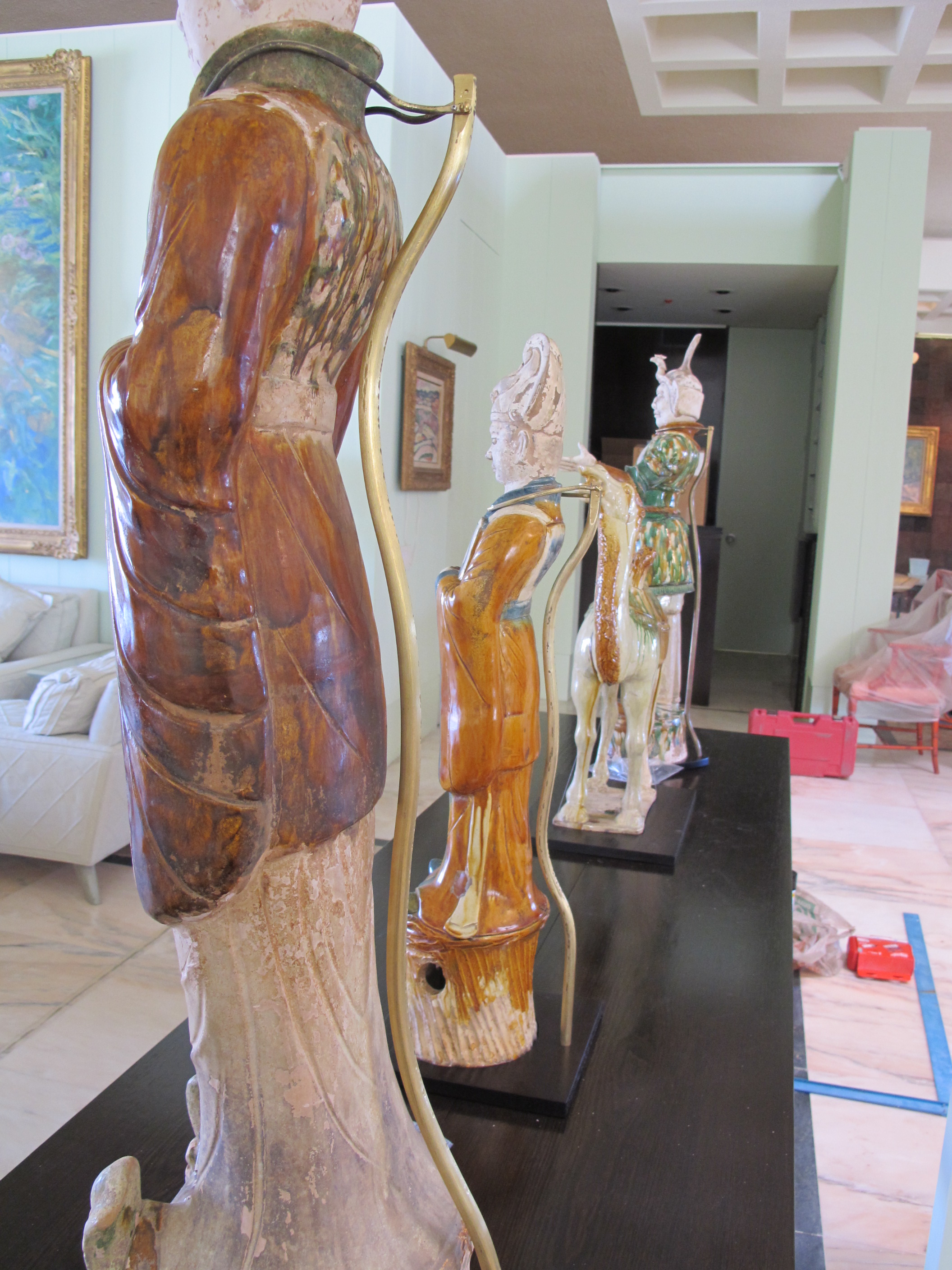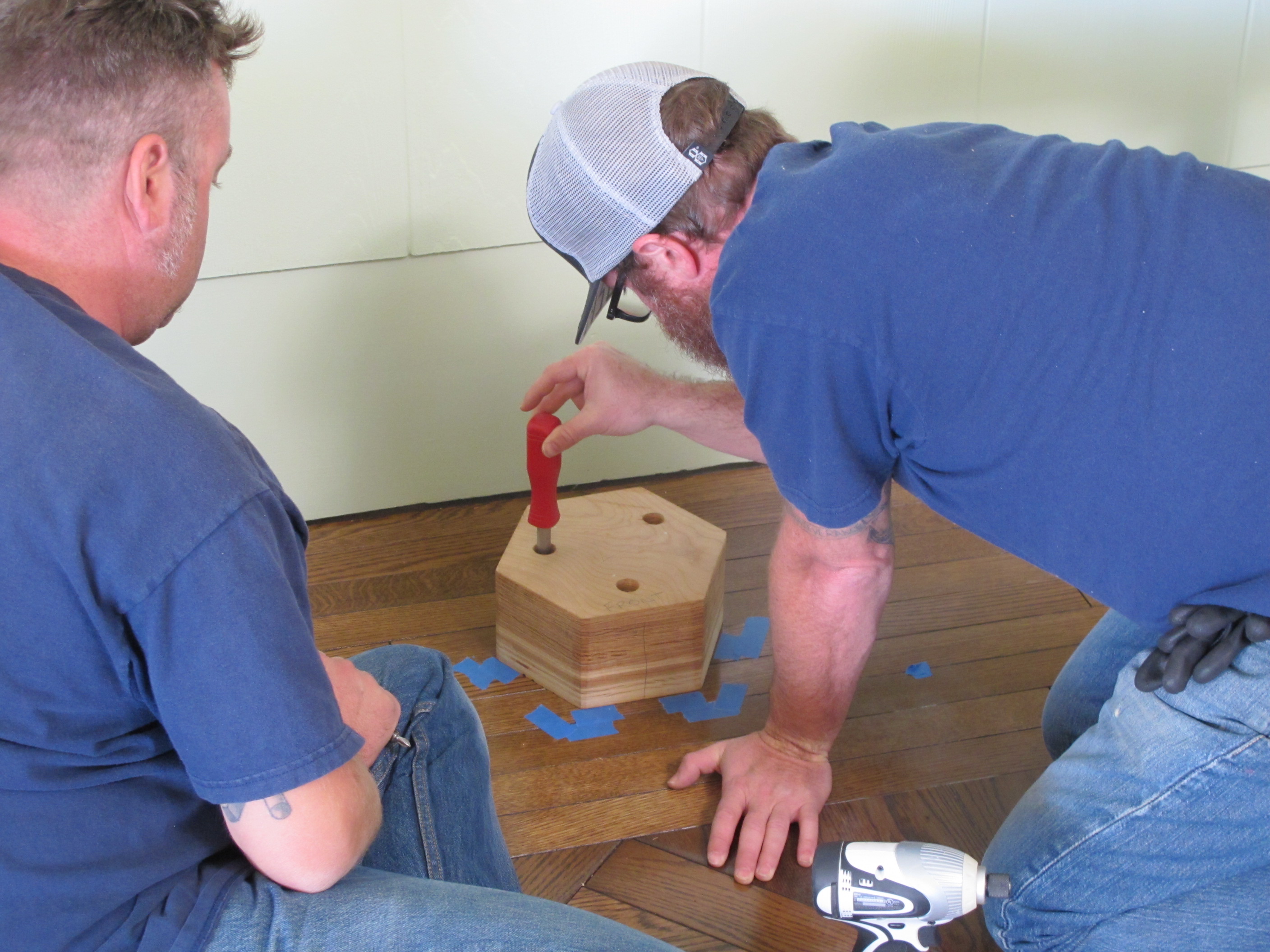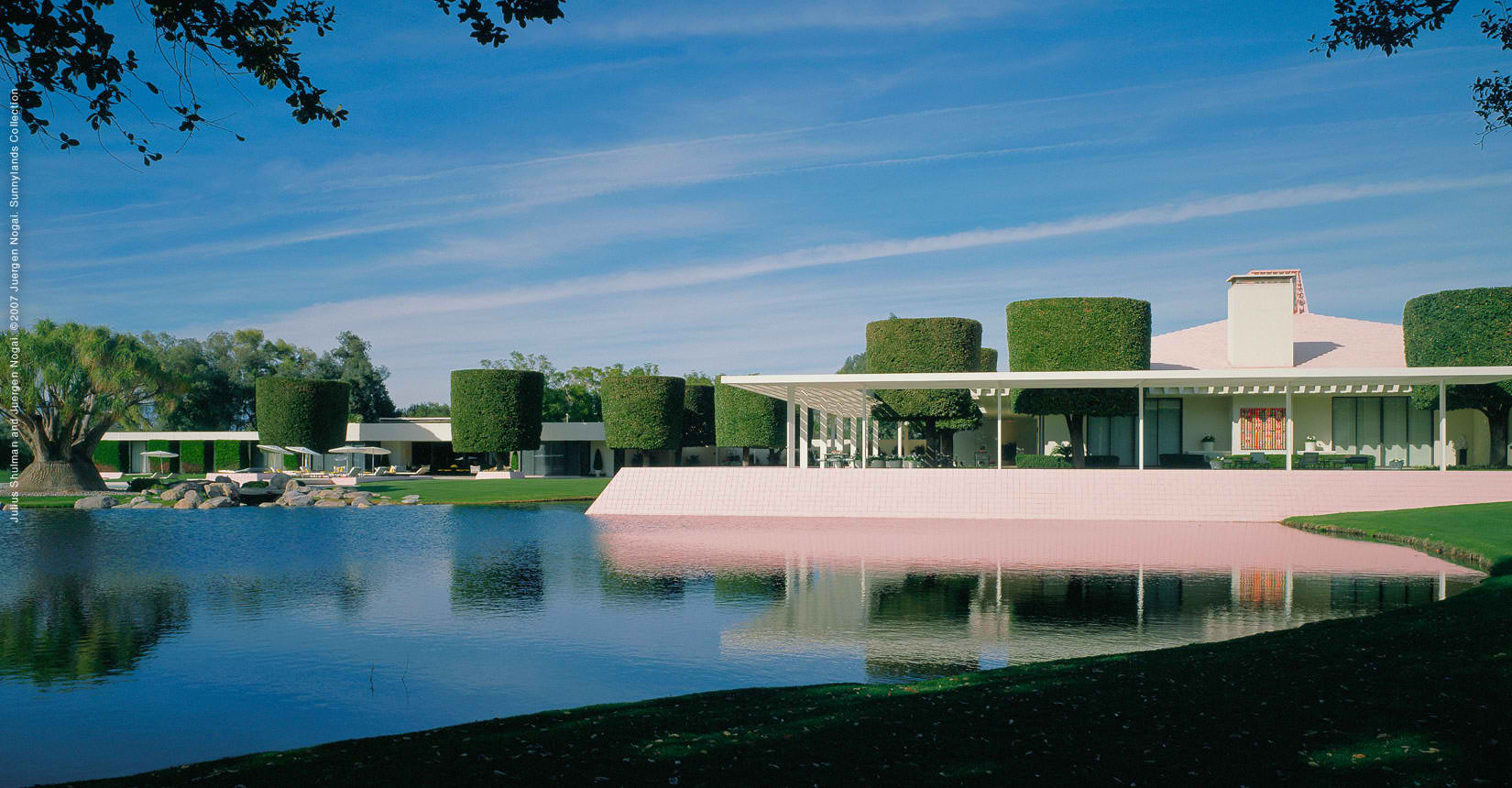By: Anne Rowe
When I began working at Sunnylands in fall 2009, my first task was to empty an amazing 17,000 square foot historic home to make way for a massive restoration.
Sunnylands is in Rancho Mirage, California, the winter retreat estate for Walter and Leonore Annenberg whose primary residence was in Pennsylvania. Sunnylands is an A. Quincy Jones midcentury modern house which was built for the Annenbergs from 1963-66. Seismic, and other systemic construction upgrades were necessitated by anticipated public use. Mrs. Annenberg had passed away six months prior and her home was left largely intact and generously left in a public trust imbued with the responsibility to ensure two primary goals: to provide access to the public in furtherance of public education, and to continue the legacy of hosting world leaders at Sunnylands in furtherance of the greater good. A full collections move for an un-catalogued collection was undertaken.
We interviewed every major fine art crating and packing company in Southern California. We chose to work with ArtWorks San Diego, and off we ran. Four double-wide mobile storage units were positioned near the front drive of the 200-acre estate. Temporary electric poles were installed to provide electricity for our burglar and fire alarms and air conditioners. Pest control sprayed a wide swath around the units and thick foil heat and light barriers were installed over every window of these former mobile classrooms. Steel bars were installed in the windows as well and motion detection lights along with day and night guards stood watch. Every working day of January and February of 2010, from 8 to 5, we photographed, packed, wrapped, crated and moved every single item out of the house into their new mobile building homes. There, the collection rested for just shy of two years while construction and restoration wore on.
The round-trip voyage of the collection back into the house began in week-long interspersed campaigns beginning on September 19th of 2011 and the campaign was just completed some four months later, with the last of the fine art sculptures receiving the final touches on their mount upgrades and now safely  installed. Because of our unique mission of preservation in perpetuity for public audiences and adaptive reuse of the space for high-level retreats, we face some interesting challenges.
installed. Because of our unique mission of preservation in perpetuity for public audiences and adaptive reuse of the space for high-level retreats, we face some interesting challenges.
Firstly, what should go back in the house? Because the home will be toured and used, did we really want to re-shelf the china the Annenbergs inherited from his mother? What about the 100 small sterling silver teaspoons? Did we want to shepherd these items in a busy episodically-used kitchen? Did we want to reinstall the numerous small decorative items adorning coffee tables and bedside tables throughout the house and in their master bedroom? Should retreat guests be able to sit on the custom-made William Haines furnishings? We decided to be conservative and move to new storage facilities most of the small, inconsequential items that had been in the house; at least for now.
As we all know, our primary function in collections work is to protect the collection. To that end, the house continues to provide a rich visually stunning touring experience for visitors and a comfortable, lush hospitality experience for retreat guests. We deliberated installation choices in long curatorial meetings to strike the right balance for both audiences as well as being able to manage what was installed in sometimes-busy spaces. For the time being, we don’t think the absence of small items will be missed. All of the furniture, major artwork and important sentimental material remain in the home. We also decided that we can’t reinstall furniture only to worry about it. We decided that if the furniture is in the house, retreat guests can sit on it (with the exception of one room which is exclusively Georgian antique furniture). In the end, we concluded what many museum folks often conclude: for now we will err on the side of conservatism and revisit these decisions in one year’s time. We propose that it is a win-win: the collection is safe and we have time to see what kind of impact retreat guests have on the house. We will know more in a year or two.
The second challenge is also an interesting one. The Annenbergs collected things that they loved and installed them as most home-owners do: items were aesthetically set on a shelf, pedestal, floor or table to be enjoyed. With public access looming, we again prioritized the maximization of collections care and implemented a mount upgrade program  involving every art object in the house. Most of the resulting mounts are stealth but those that couldn’t be were designed to be beautiful. All of the hardware for the 2D works is now switched out for more robust hardware; sculptures on pedestals are now affixed in many exciting and innovative ways; tall Tang Dynasty Chinese ceramics are now affixed to tables in consciously redundant ways including the introduction of glorious new brass collar mounts; and museum wax, 30 pound test monofilament, l-brackets, industrial-grade Velcro, threaded rods, and steel armature, etc., are now working outside of the viewing experience secretly protecting the collection from a visitor collision or seismic event.
involving every art object in the house. Most of the resulting mounts are stealth but those that couldn’t be were designed to be beautiful. All of the hardware for the 2D works is now switched out for more robust hardware; sculptures on pedestals are now affixed in many exciting and innovative ways; tall Tang Dynasty Chinese ceramics are now affixed to tables in consciously redundant ways including the introduction of glorious new brass collar mounts; and museum wax, 30 pound test monofilament, l-brackets, industrial-grade Velcro, threaded rods, and steel armature, etc., are now working outside of the viewing experience secretly protecting the collection from a visitor collision or seismic event.
As the New York Times intimated in their recent profile of our project, as a new institution, there are definitely many unknowns: “The extent to which the ambitious public policy goals of the Annenbergs will come to life… will become clear in the months ahead.”
Until then, we are well-positioned to achieve our goal of collections protection and can sleep at night knowing we have on display only that which can be appropriately shepherded in the spirit of providing an unforgettable museum and hospitality experience utilizing museum best practices.
Special Note: Sunnylands will be featured as a special Evening Event at WMA’s 2012 Annual Meeting in Palm Springs on October 22, and as the featured exhibition for WMA’s popular session Exhibition Critique.
Anne Rowe, Director of Collections and Exhibitions, The Annenberg Retreat at Sunnylands, has overseen Collections management and Exhibition curation at Sunnylands in Rancho Mirage since 2009. Prior to that, she was the President of the Board of Trustees for the Copley Society of Boston, America’s oldest nonprofit art association. She also worked at the MFA in Boston, the Rose Art Museum at Brandeis University in Massachusetts, and consulted with the Museum department at Harvard University on a museum research project. Anne holds master’s degrees from the University of San Francisco in Organization Development; and Harvard University in Museum Studies.









Add new comment